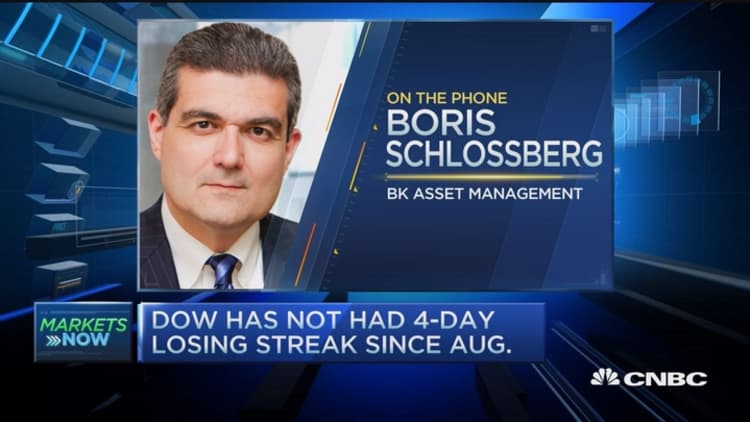The U.S. dollar fell to a 15-month low against the yen on Thursday, on track for its worst week against the Japanese currency since 2008, as fears of a global economic slowdown and conerns about stress in the banking system, increased demand for safe-havens.
The yen surged against both the U.S. dollar and euro on speculation about Bank of Japan intervention though, but the BOJ had no comment.
The U.S. dollar was down .84 percent against the midday in New York, falling to 112.392 yen.
The euro rose against the dollar, touching a fresh 3-1/2-month high at $1.1368. The euro last traded at $1.1327, up .41 percent on the day.
A slump in major stock markets and a jump in bond prices this week has forced traders out of risky positions, leading to the unwinding of the carry trade and repayment of cheap yen funds.

Traders use the yen to fund trades of more risky assets because of its low interest rate. When markets sour and traders become risk averse, they unwind those trades and buy back the currency. Recent global market turmoil has prompted large-scale yen buying even though Japan recently lowered its interest rates below zero, which theoretically should reduce the yen's value.
The collapse of market expectations for further Federal Reserve interest rate rises this year has also undermined support for the U.S. dollar against major currencies.
"The key driver is this immense pessimism in asset markets, unwillingness to hold anything but the safest assets," said Steven Englander, managing director and global head of G10 FX strategy at Citigroup.
"We're seeing what's happening with Treasury yields and the yen is a similar type of asset."
The yield on the 10-year Treasury note dropped below 1.55 percent to its lowest level since September 2012 on Thursday, while the 30-year bond yield hit its lowest level in a year, below 2.4 percent.
The yield spread between 10-year and 2-year notes narrowed to its tightest since November 2007.
Englander added that the move into the yen has been largely driven by the "spillover from other markets," including the selloffs in oil, commodities, bonds and equities that has been exacerbated by quantitative easing programs.
"One of the new themes in markets is that QE has damaged the banks and that therefore it exacerbates risk-off environment," he said. "But the same issue with banks, they're buying the yen as a consequence."
Both the Bank of Japan and European Central Bank are in the midst of monetary policy easing programs, while the U.S. Federal Reserve ended its quantitative easing program in October 2014.
European stock markets were down another 3.0 percent Thursday and have lost 28 percent from peaks last April.
Japan's Nikkei, which tumbled more than 5.0 percent Tuesday, suffered another bruising session and slid to a 16-month low.
The U.S. stock index opened lower, on pace to continue a slide that has seen it fall nearly 13 percent since the start of the year and approaching its lowest since October 2014.


